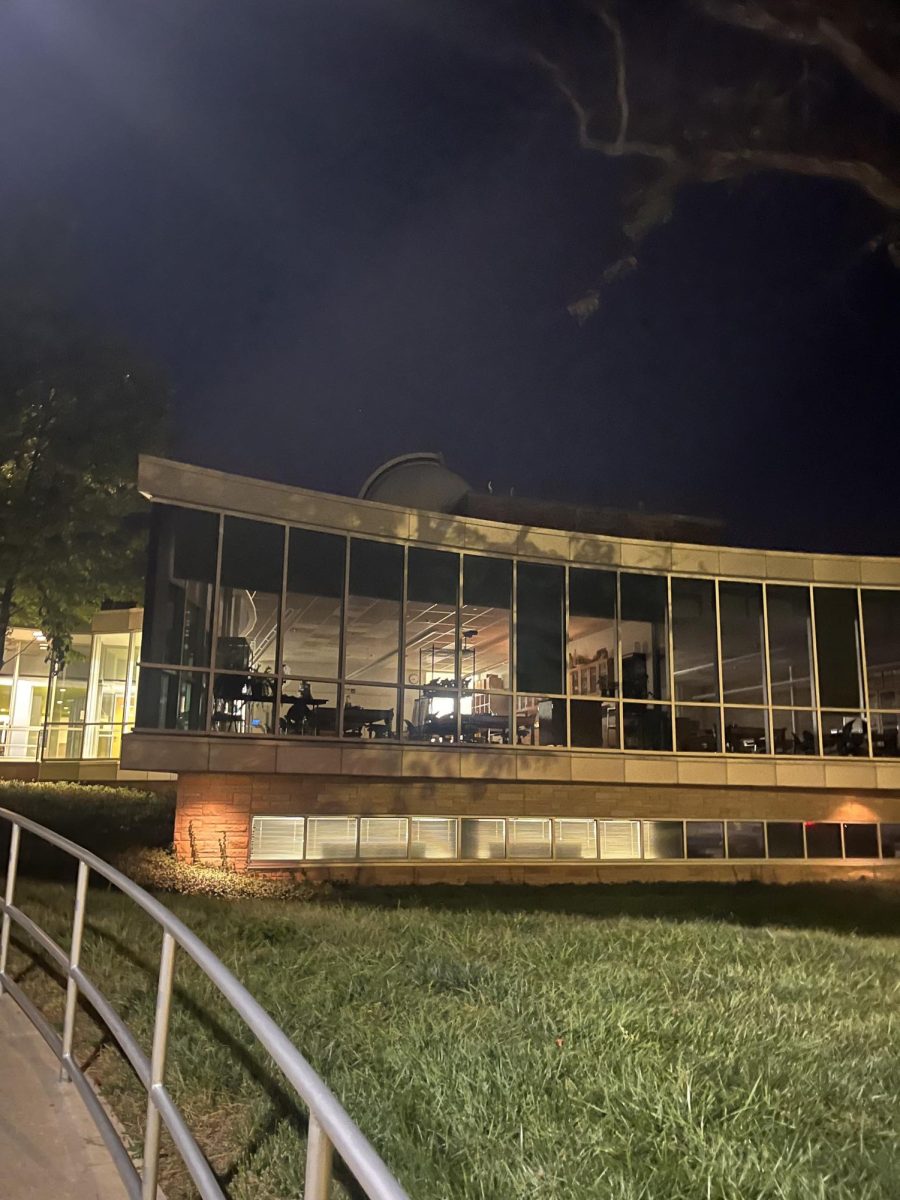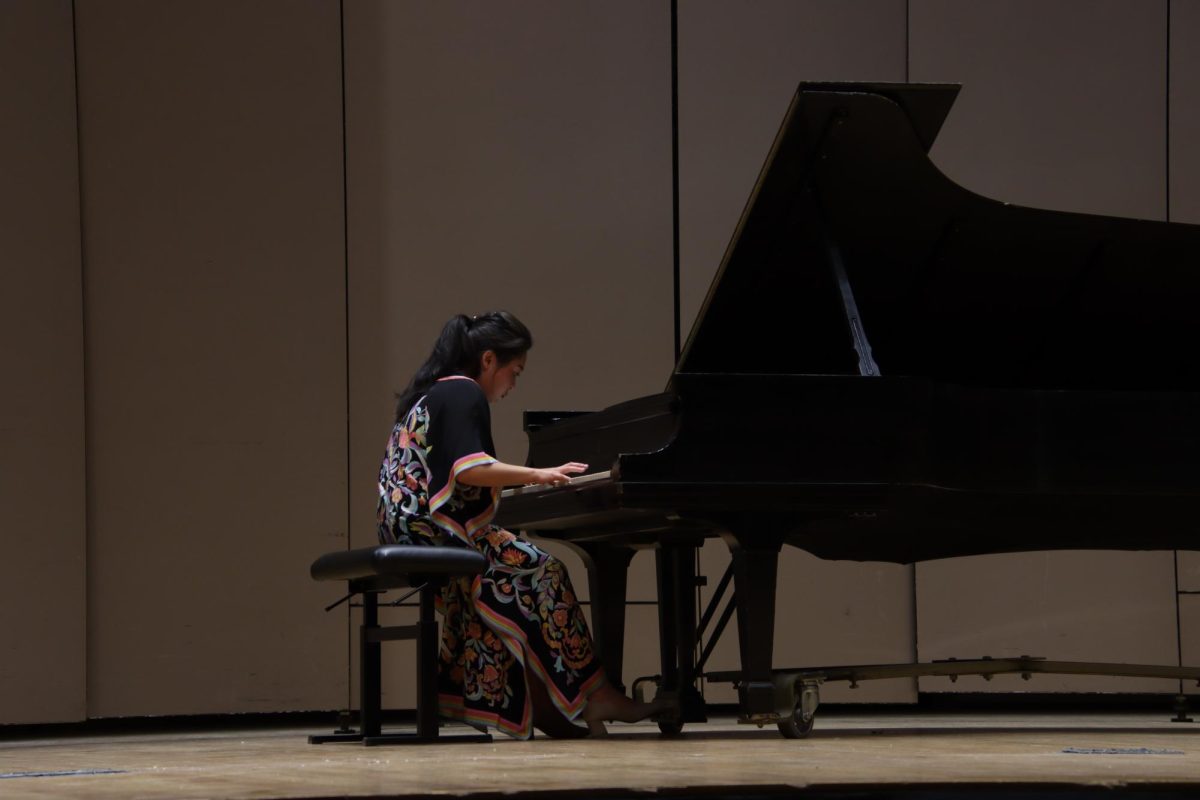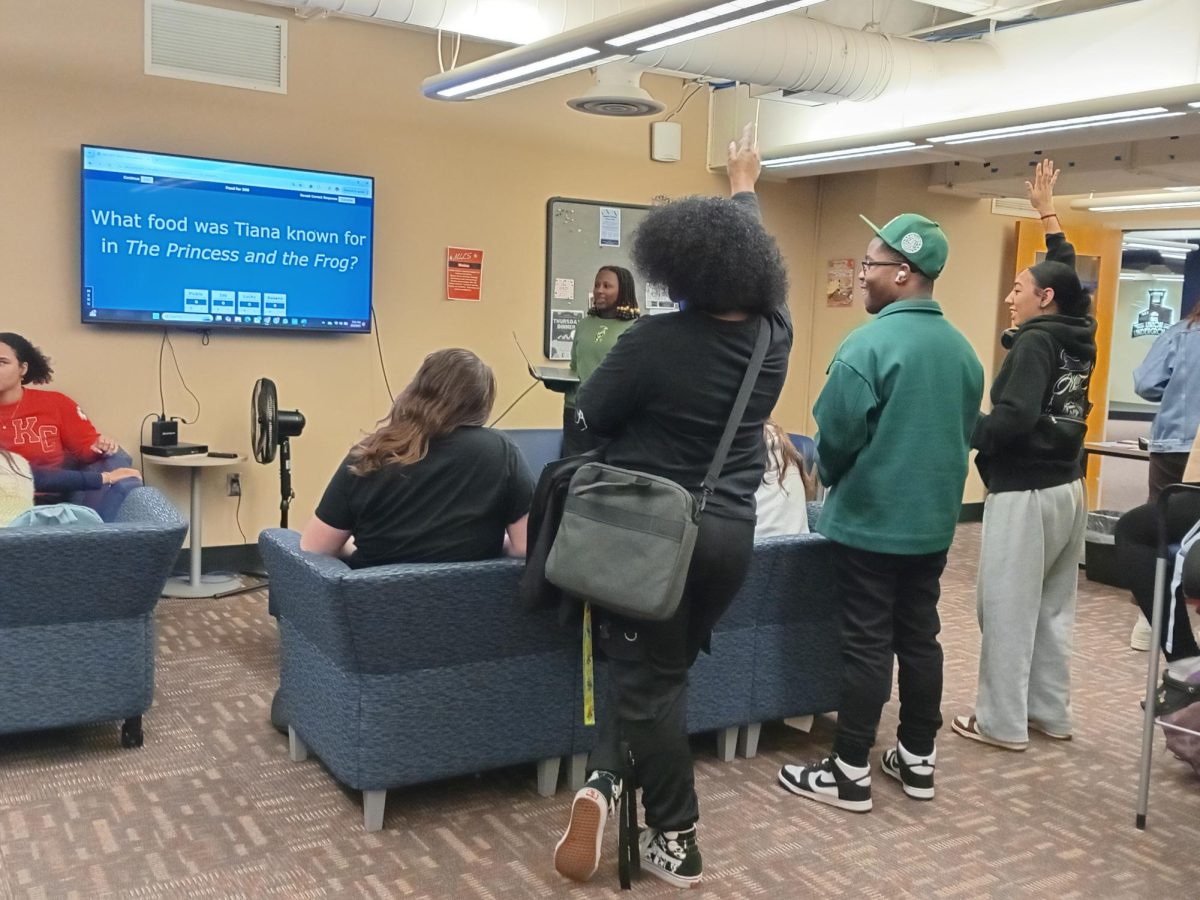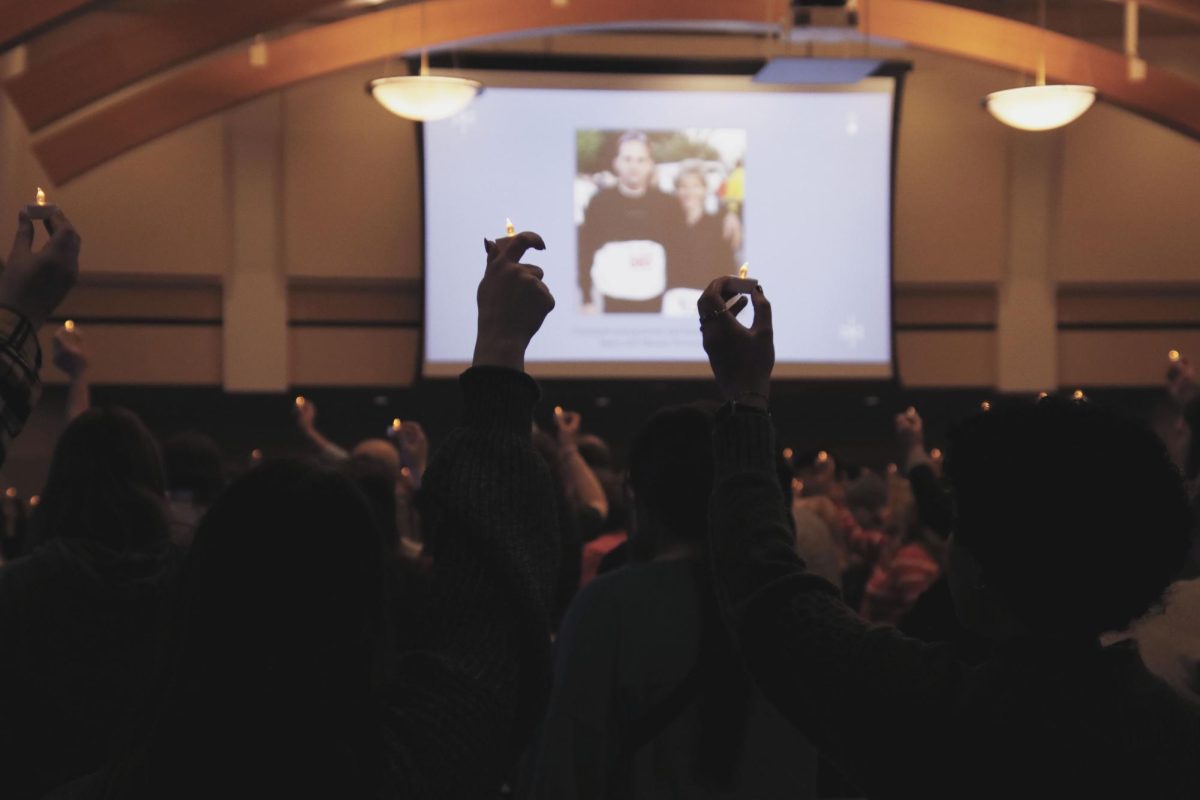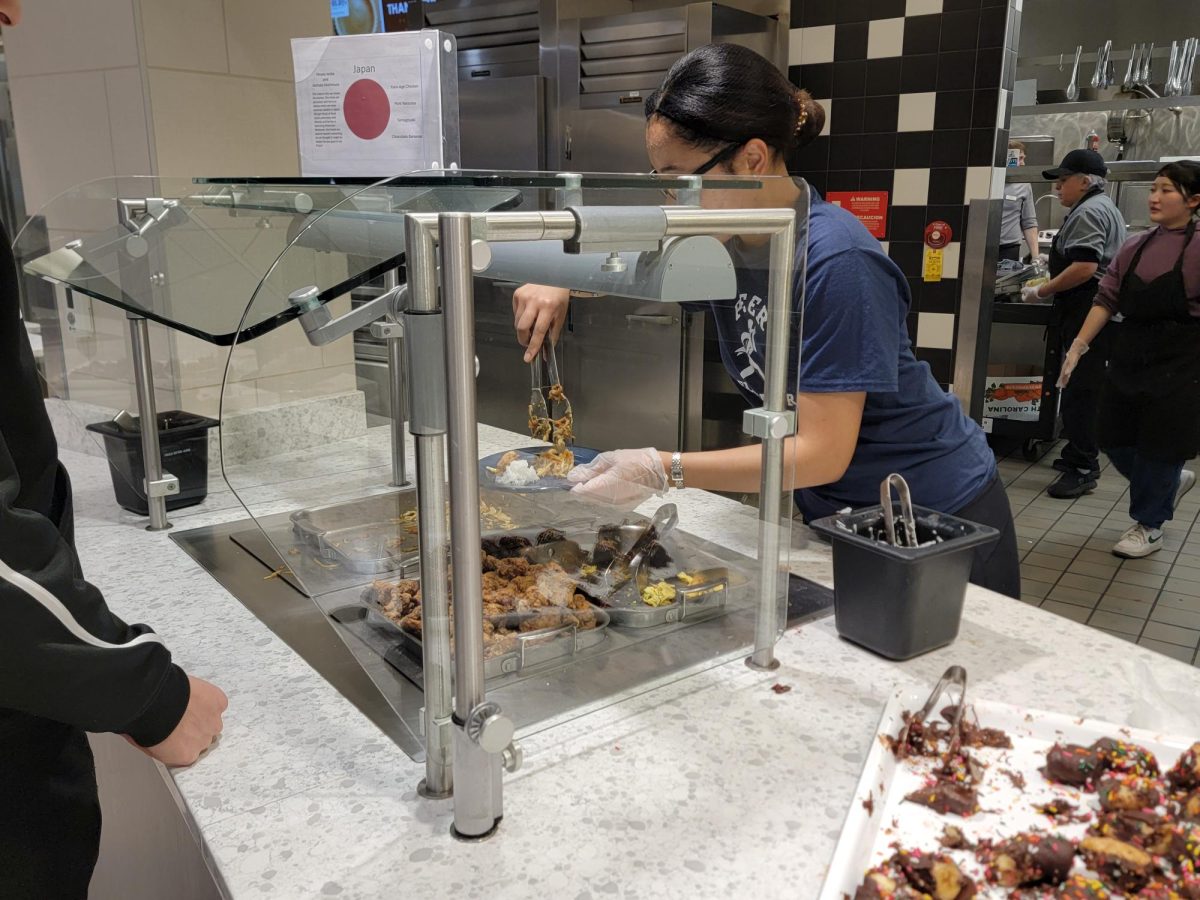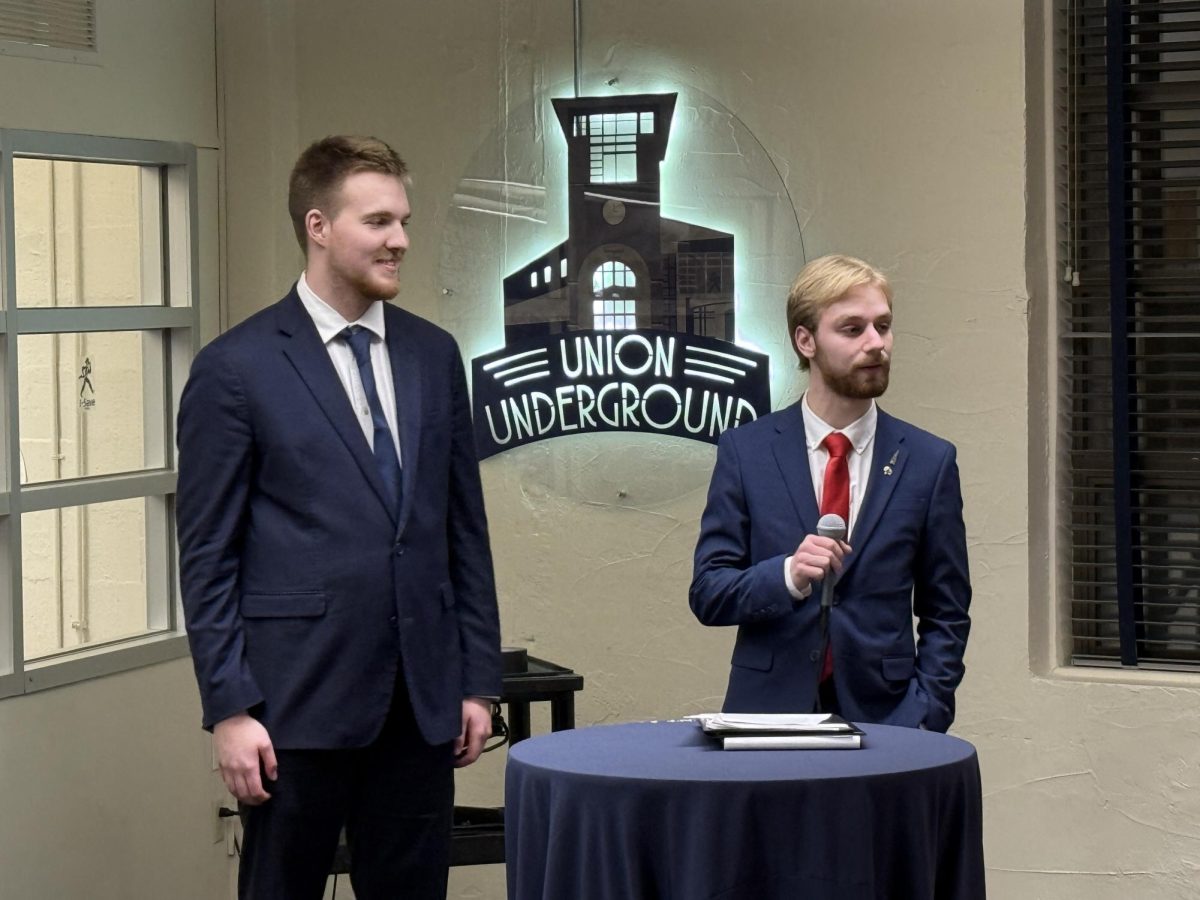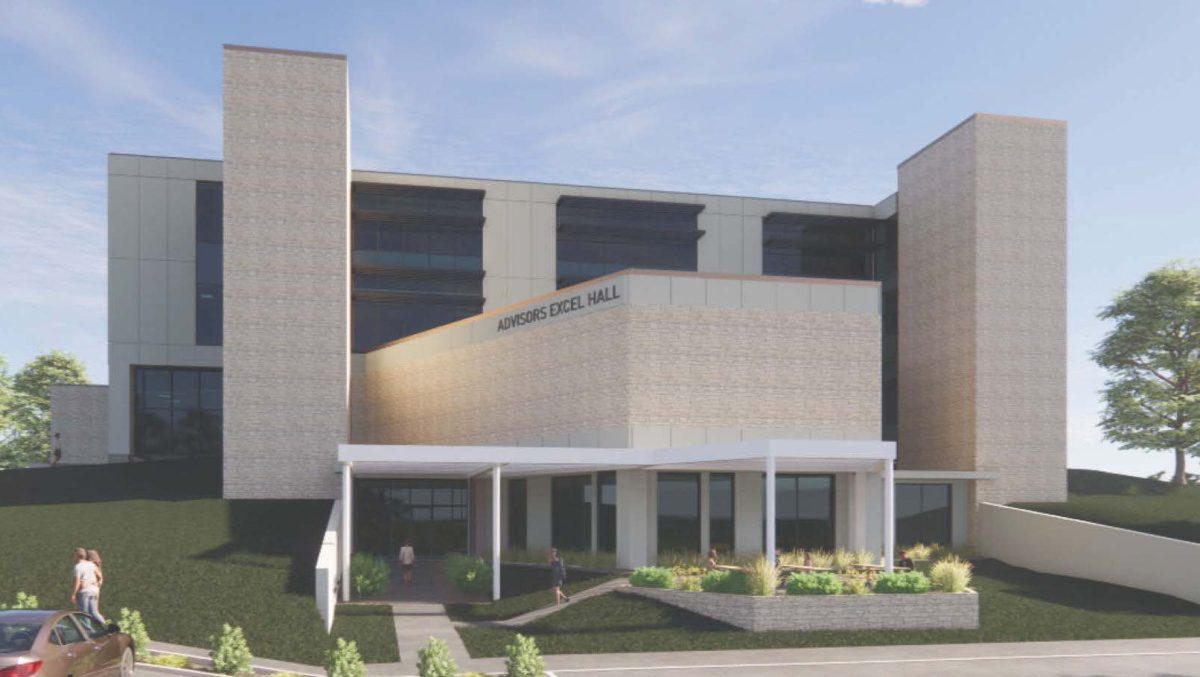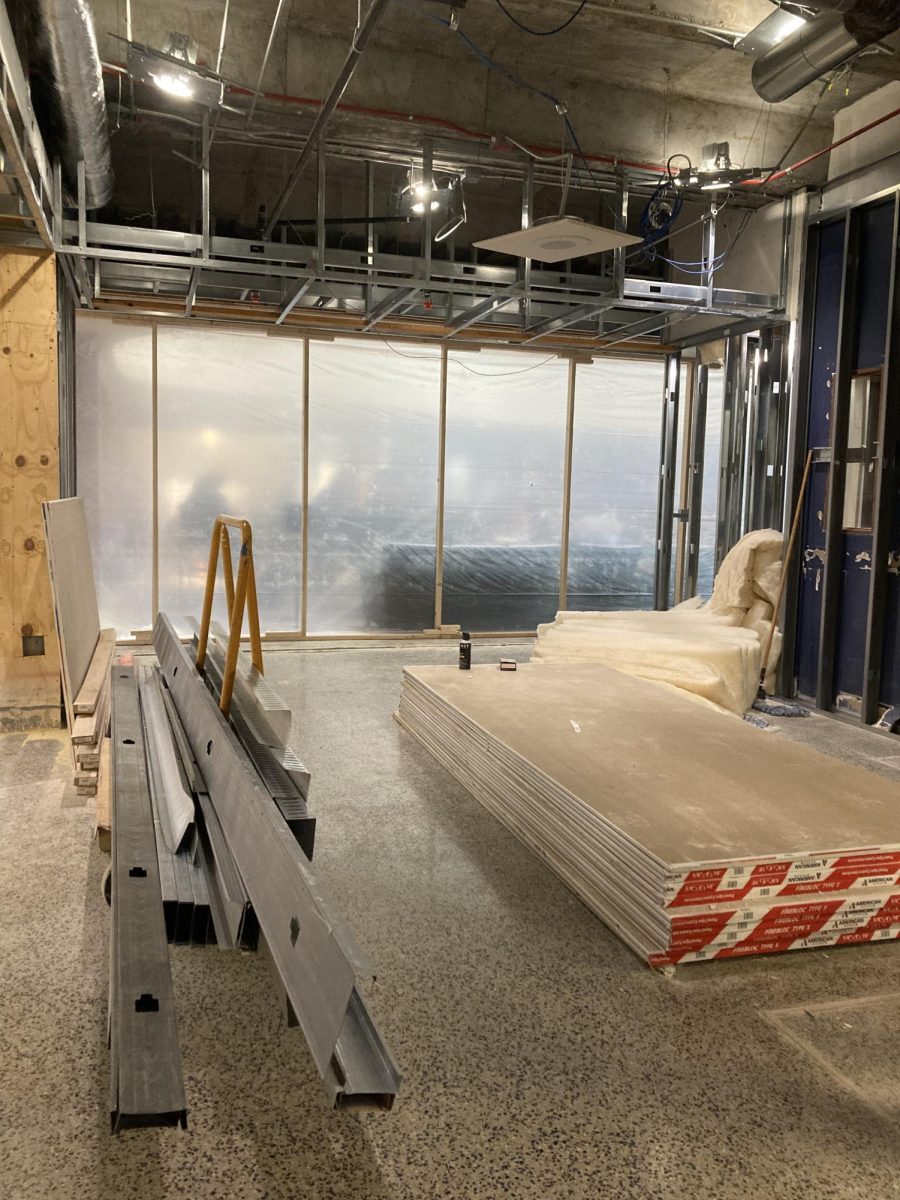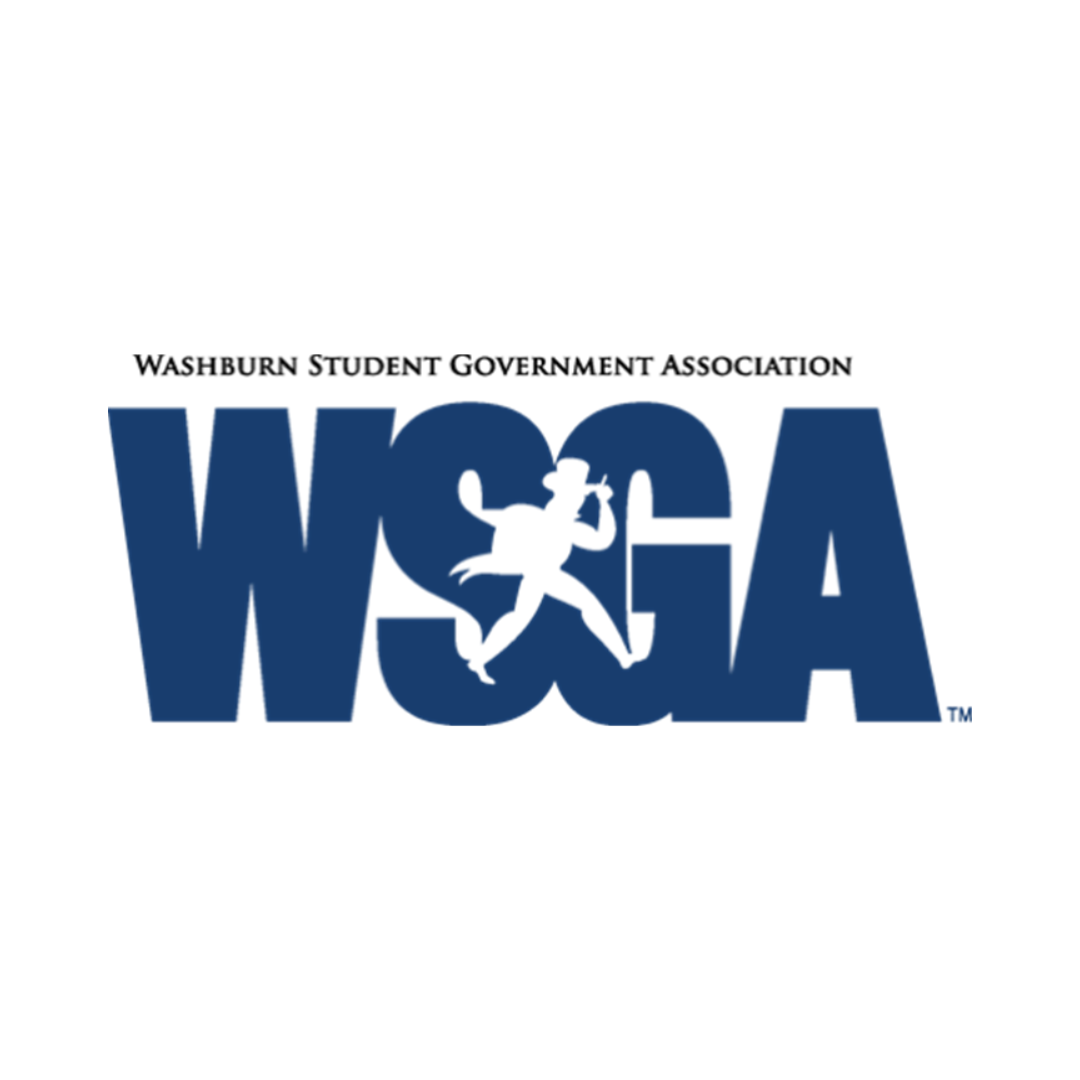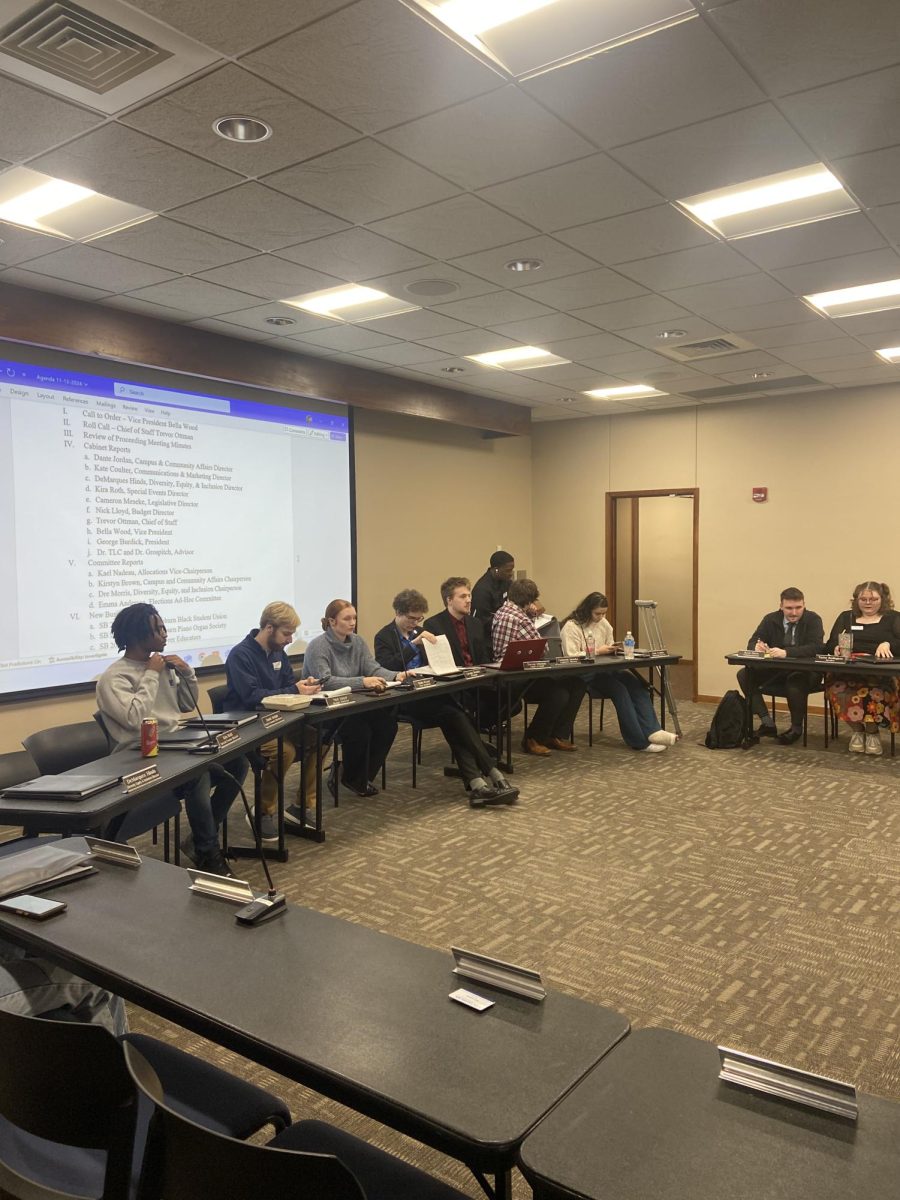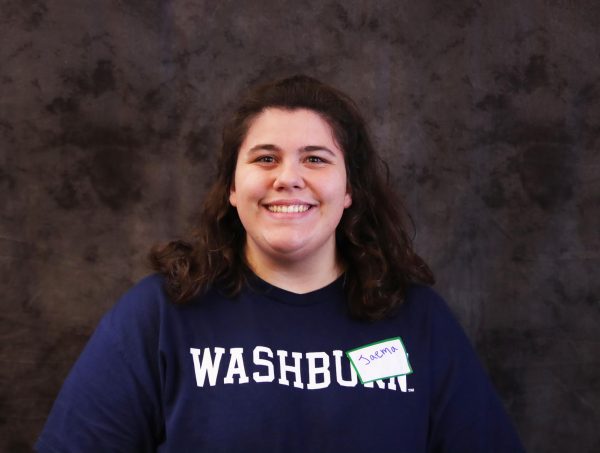Sitting on the fourth floor of the Stoffer Science Hall is one of Washburn’s oldest and most unique treasures: a handmade refracting telescope designed by the Warner and Swasey company in 1889.
Public viewing sessions occur every week during the spring and fall semesters. These are events that are open to the general public. On the evening of Thursday, Sept. 26, Stoffer Science Hall opened its doors for the public to catch a glimpse of Saturn through the telescope.
After the tornado of 1966, the telescope saw some damage, but after many hours of refurbishment, it is still being used to this day. Within the last 10 years or so it has even been used for research purposes.
With the amount of light pollution in today’s society, it can be difficult to step back and enjoy the beauty of outer space.
“There’s not much left that the city lights have not blocked out, so we provide a look from the top of Stoffer Science Hall so people can see what’s available to us,” said Brenda Culbertson, an astronomy outreach volunteer.
There is no need to be an astronomy major to enjoy the viewings. Just a simple appreciation for a planet beyond our own will be enough for anyone to enjoy the view.
“I love how we can discover new stars each time and how you can see a planet so far away. [It’s] so interesting,” said Daniel Tijaro, freshman data analytics major. “I saw my favorite planet (Saturn) today too, so I’m really happy about it.”
Two smaller telescopes were available outside on the balcony as well, providing more opportunities to view the autumn sky.
For freshman psychology major, Saajida Razick, the atmosphere was reminiscent of a childhood scenario.
“It gives me memories of my sister, who would force me to go to the rooftop and watch the stars all the time. So it brings back good memories,” Razick said.
Although the moon was not visible through the telescope, according to the experts on sight, the moon is in fact, not made of cheese.
The upcoming fall observatory sessions taking place are from 7:30-9:00 p.m. Oct. 3, 10, 17 and 24. Other dates will be available in November and December as well.
Even if the skies are cloudy and the planets and stars are unable to be viewed, the Crane Observatory will run in the planetarium instead.
Edited by Stuti Khadka and Morgan Albrecht





